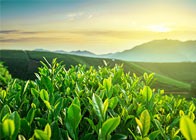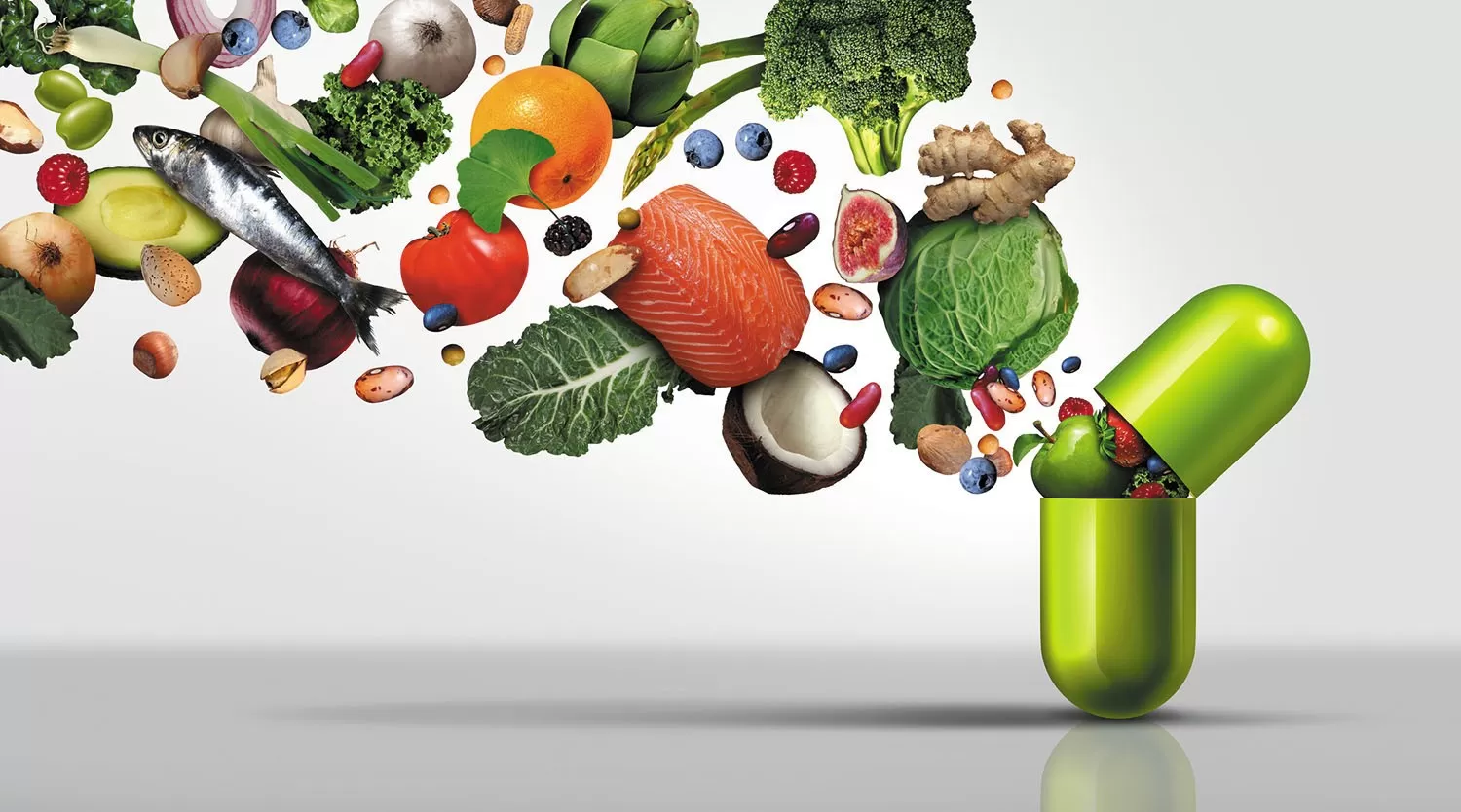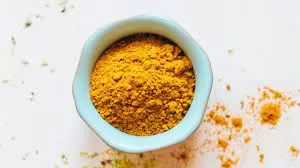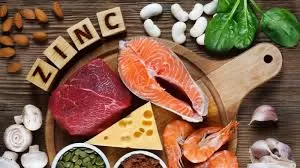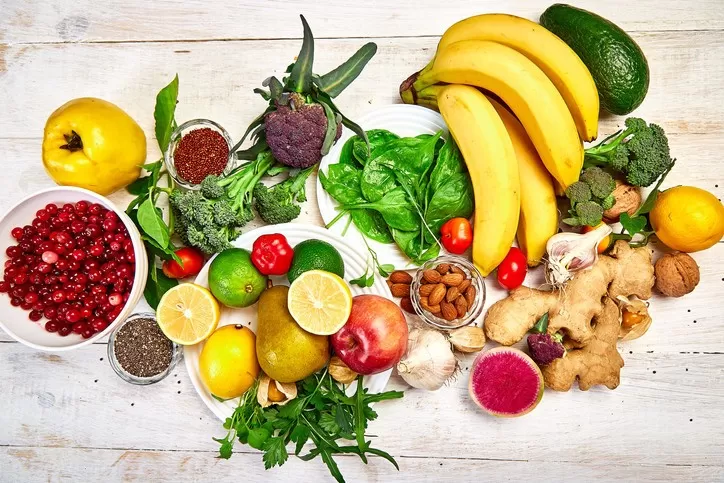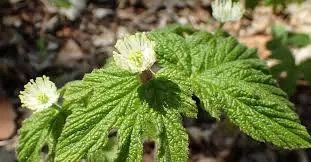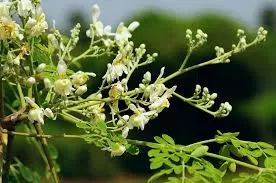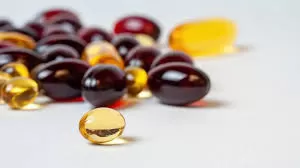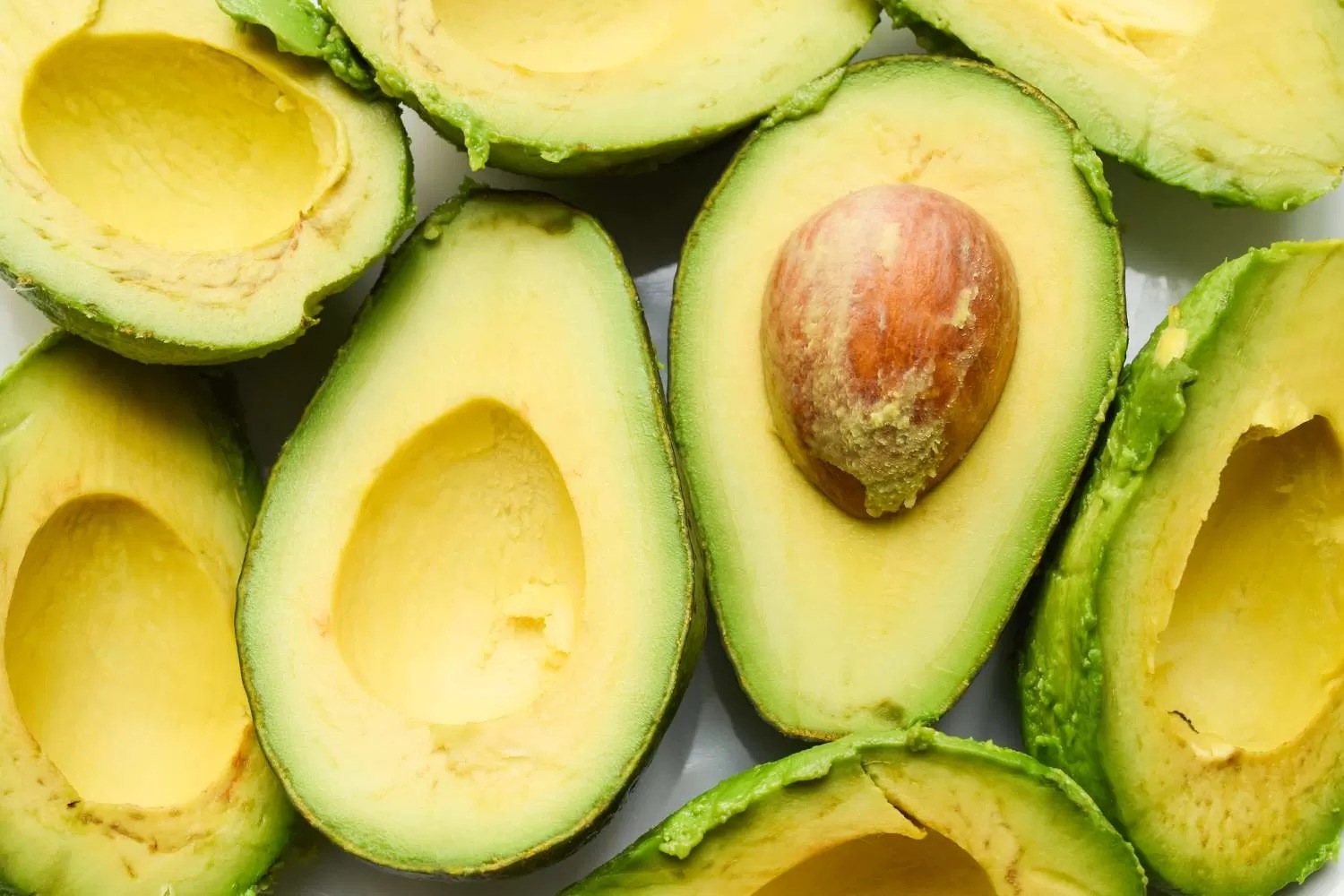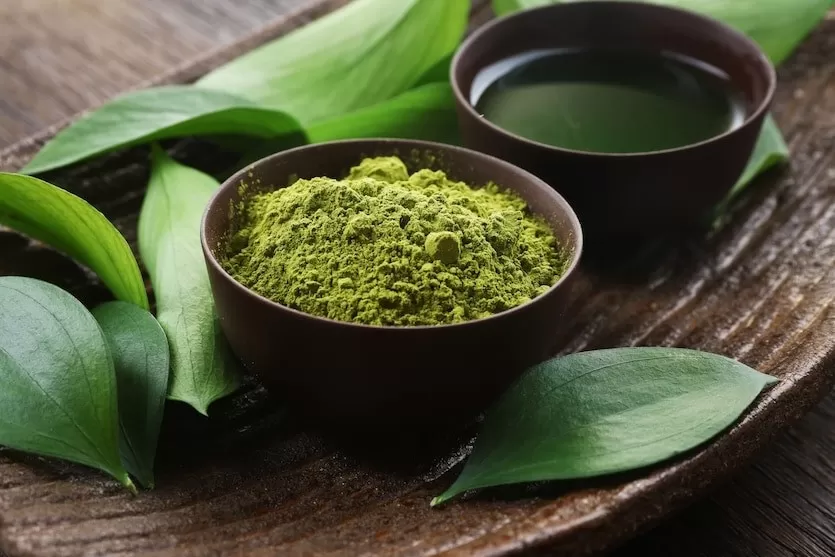- 0086-571-85302990
- sales@greenskybio.com
Dill: History, Benefits and Recipes
2025-05-20
Dill (Anethum graveolens), a herb praised for its multifaceted utility in both culinary and medicinal realms, has a storied history that spans over 5,000 years. Originating in North Africa, Iran, and the Arabian Peninsula, dill has found its way across Eurasia and beyond, celebrated for its feathery fronds and tangy-sweet flavor profile. Esteemed as a superfood today, dill's rich nutrient composition and health benefits continue to support its longstanding reputation.
Historical Journey of Dill
Tracing its use back to ancient Egypt, dill played a crucial role in managing digestive ailments while symbolizing vitality. The Greeks and Romans utilized dill seeds in rituals, burning them as incense and creating wreaths believed to provide protection. By medieval times, dill had spread throughout Europe, utilized not only for its medicinal qualities but also reputedly as a charm against witchcraft and for soothing colicky infants.
Currently, dill cultivation is widespread, with major production hubs in India, Pakistan, Hungary, and Poland. Its adaptability to various climates has solidified its status in global food gardens, persisting as a key element in both traditional and modern wellness approaches.
Dill carries many names across cultures: sowa in Hindi, shivit in Hebrew, aneth in French, and eneldo in Spanish. Characterized by bright green thread-like leaves and small yellow flowers, dill offers a fresh, citrusy taste with an undertone of anise, while the seeds present a pungent and earthy aroma.
In Scandinavian folklore, dill possessed protective qualities against evil spirits. Brides tucked a sprig into their shoes for luck, and mothers placed it in cradles to prevent illness—highlighting dill’s cultural significance woven with myth and medicinal use.
Phytonutrients and Health Advantages
As a nutrient-dense superfood, dill is rich in essential phytonutrients, providing multiple therapeutic benefits:
- Flavonoids (Quercetin, kaempferol): Combat inflammation and oxidative stress.
- Monoterpenes (carvone, limonene): Support digestion and possess anticancer properties.
- Polyphenols: Enhance cardiovascular health.
- Vitamins A and C: Strengthen immunity and boost skin health.
- Calcium, Iron, Magnesium: Necessary for bone and blood health.
Scientific research asserts dill's efficacy in assisting digestion, reducing inflammation, and managing blood sugar levels. Key health benefits of dill include:
Digestive Support: Carminative properties alleviate bloating, gas, and indigestion. Dill water remains a traditional remedy for infant colic.
Antimicrobial Effects: Dill essential oil shows antibacterial and antifungal activities, helping combat infections.
Blood Sugar Regulation: Dill may aid in lowering blood glucose levels, offering benefits for diabetics.
Heart Health: Rich in flavonoids and potassium, dill promotes healthy blood pressure and circulation.
Bone Health: Calcium and magnesium content supports bone density maintenance.
Dill’s versatility extends beyond seasoning; it's utilized in tea, tincture, and essential oil forms for therapeutic purposes. Dill water, produced by steeping dill seeds, continues as a remedy for digestive issues, while chlorophyll-rich dill leaves complement green juices for detoxification.
Dill-Infused Recipes to Delight
Explore these dill-centric recipes:
1. Creamy Dill Salmon: Yogurt or sour cream mixed with dill complements baked salmon for a heart-healthy meal.
2. Dill Pickles: Cucumbers fermented with dill seeds and garlic create a probiotic-rich snack.
3. Greek Tzatziki: Dill enlivens this yogurt-cucumber dip, ideal for grilled meats.
4. Dill and Potato Soup: Fresh or dried dill enhances this comforting, nutrient-dense soup.
5. Quinoa and Dill Salad: Cooked quinoa, chopped dill, lemon, and olive oil offer a refreshing side dish.
Echoing the modern shift towards functional foods, dill’s dual capacity as flavor enhancer and health amplifier positions it as a valuable element in contemporary diets. Its historic medicinal applications gain scientific validation today, reinforcing its status as a superfood.
Dill offers an accessible, nutrient-rich solution for those pursuing natural wellness enhancements. Whether sprinkled on meals or infused into healing teas, this ancient herb steadfastly affirms its value in current health practices.
-
Goldenseal: A Historic Herbal Remedy at Risk
2025-05-20

